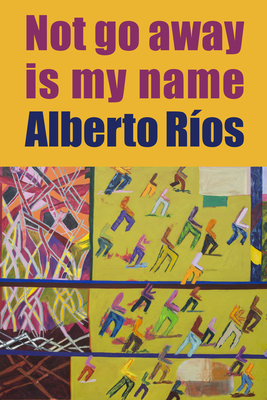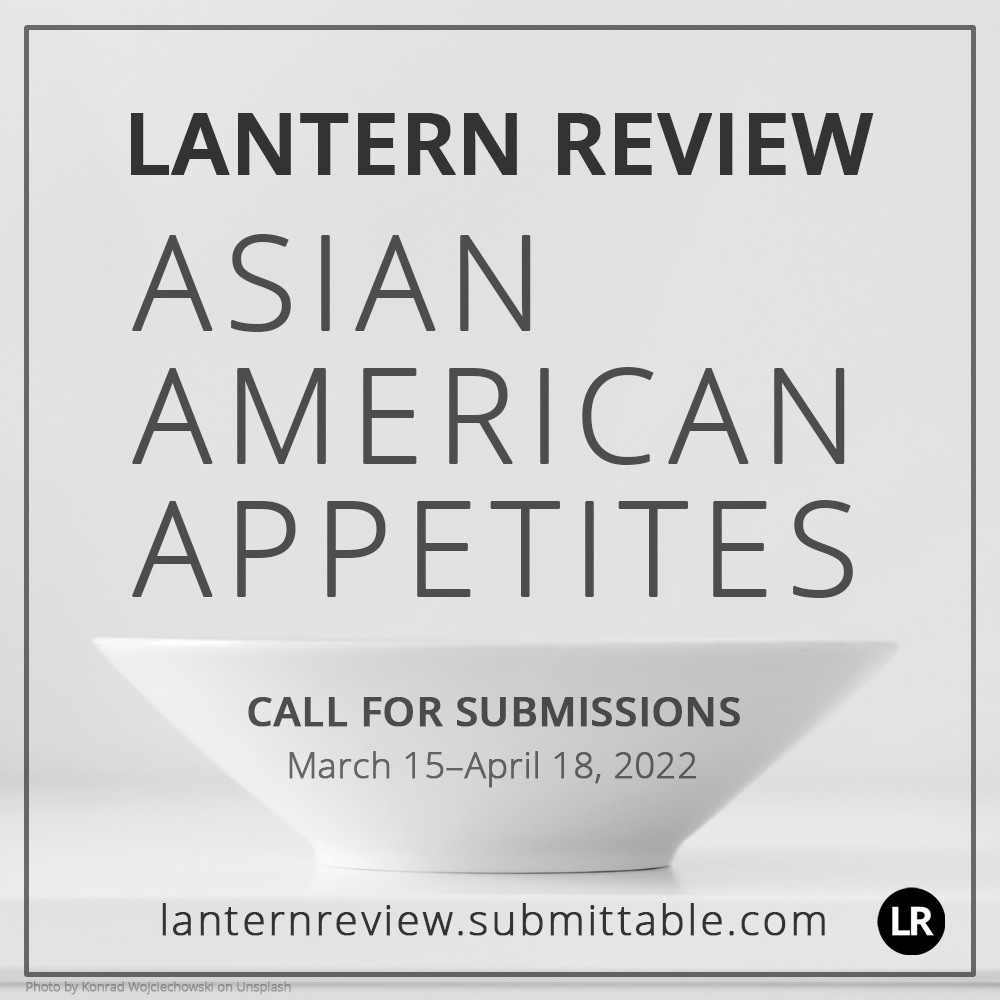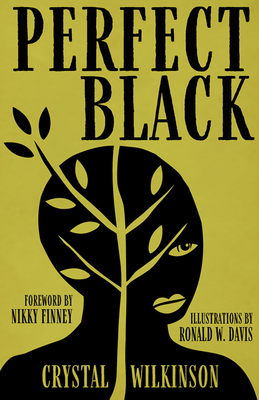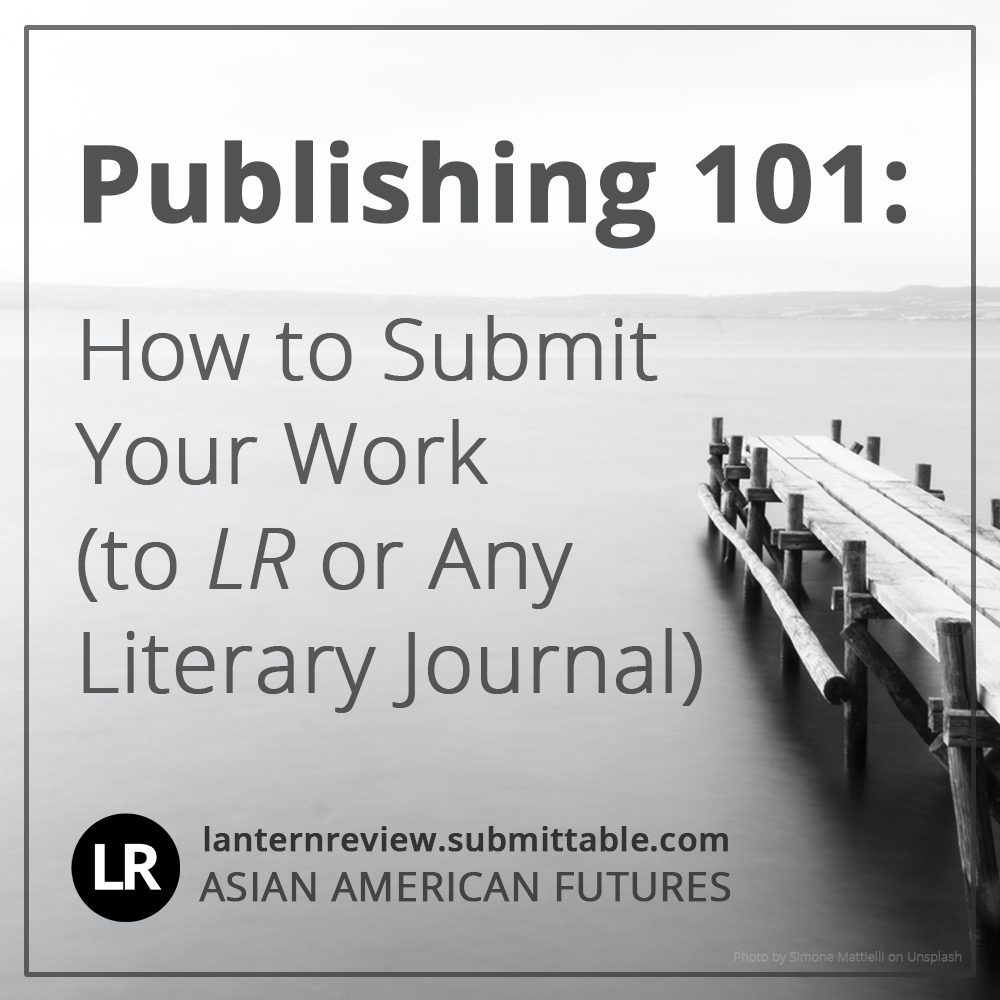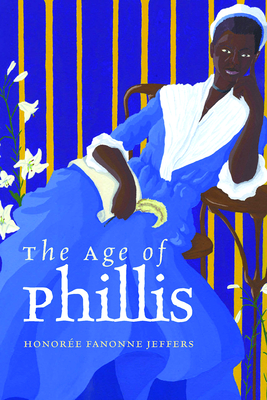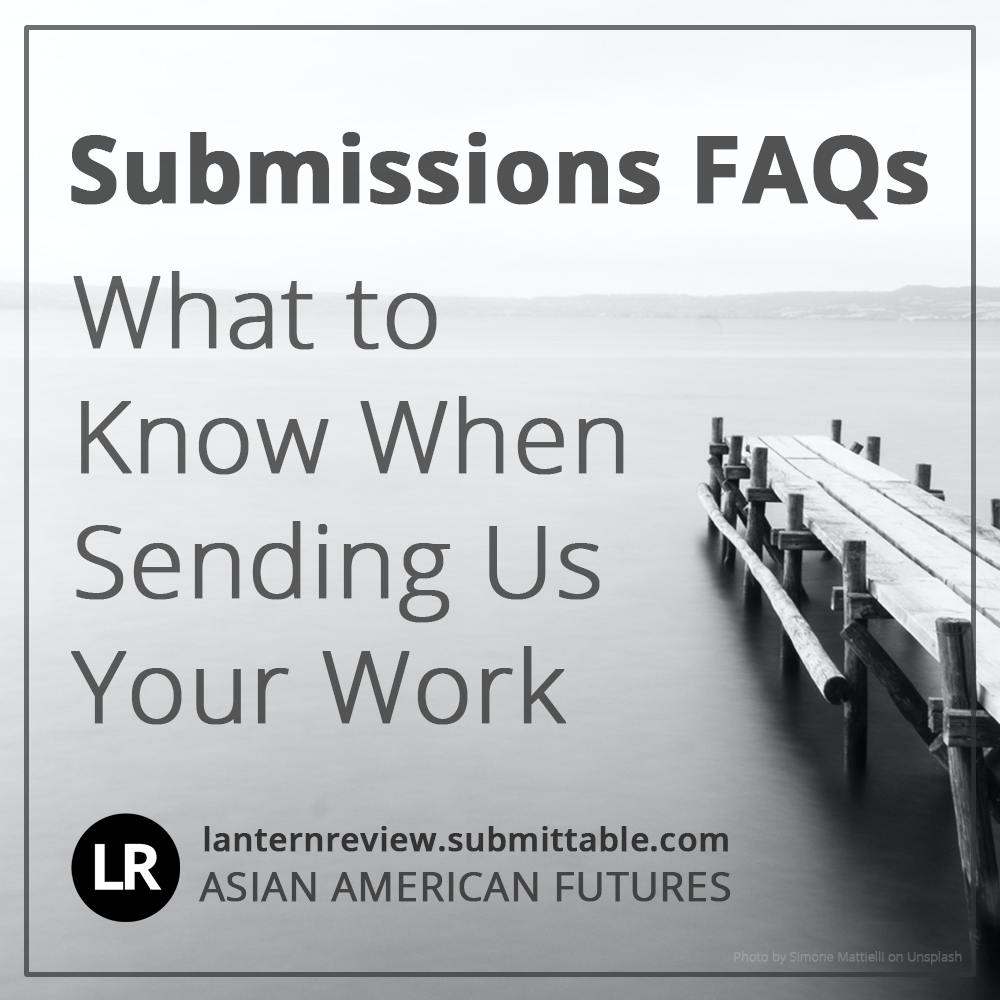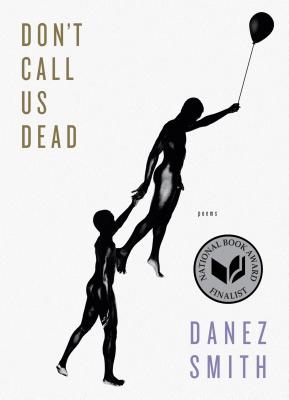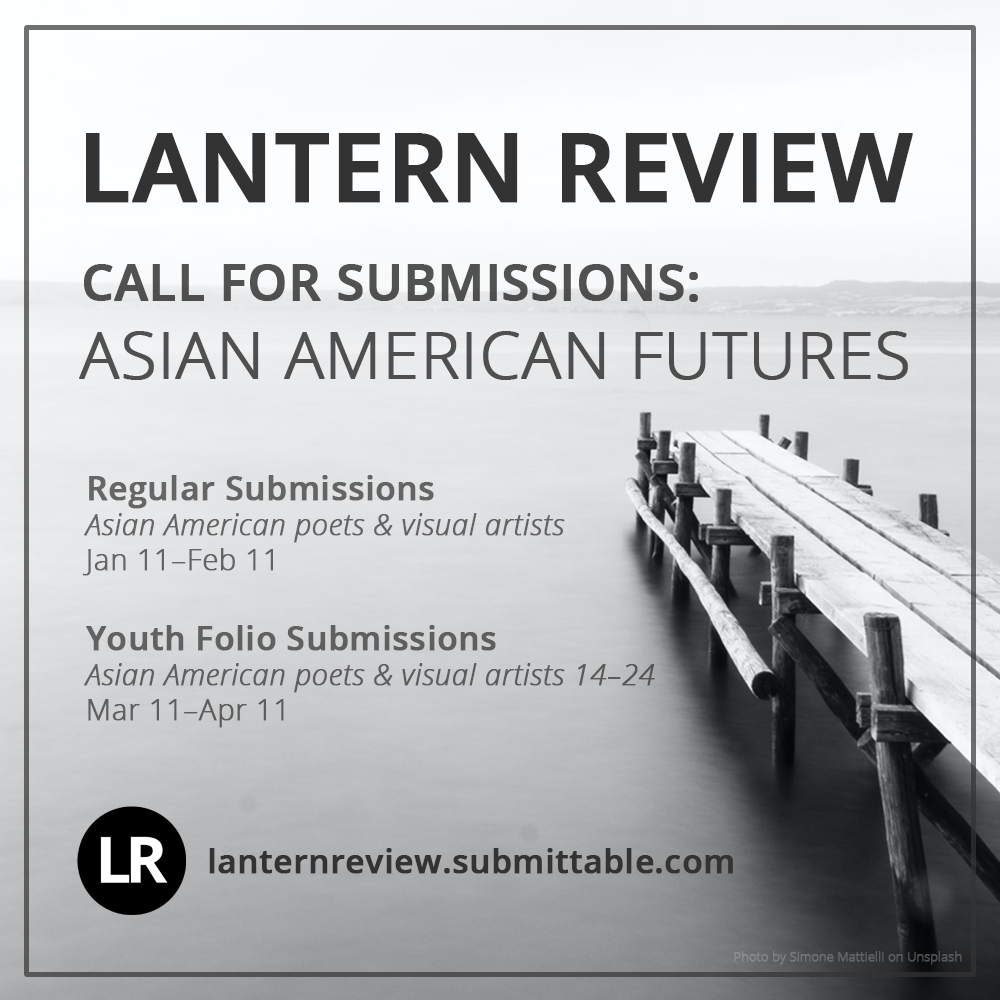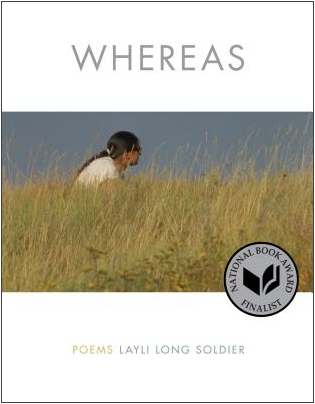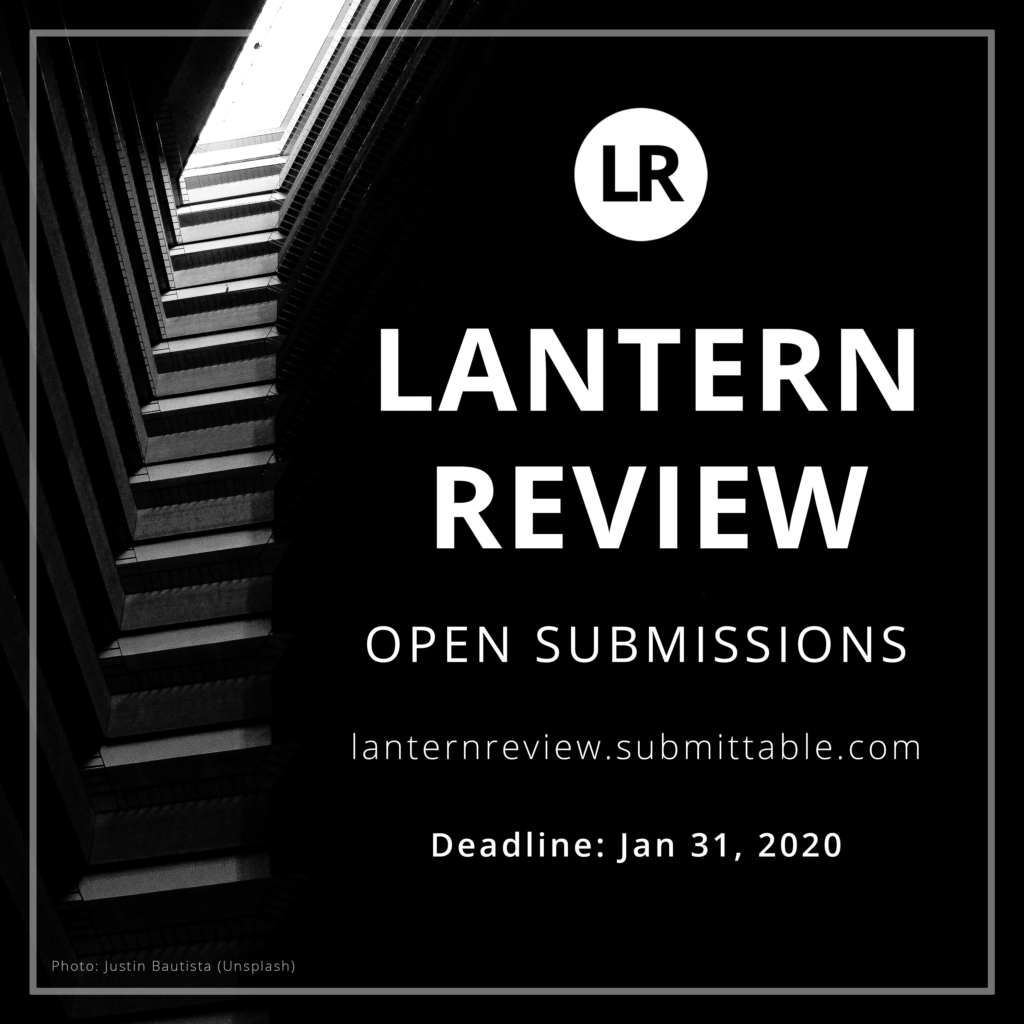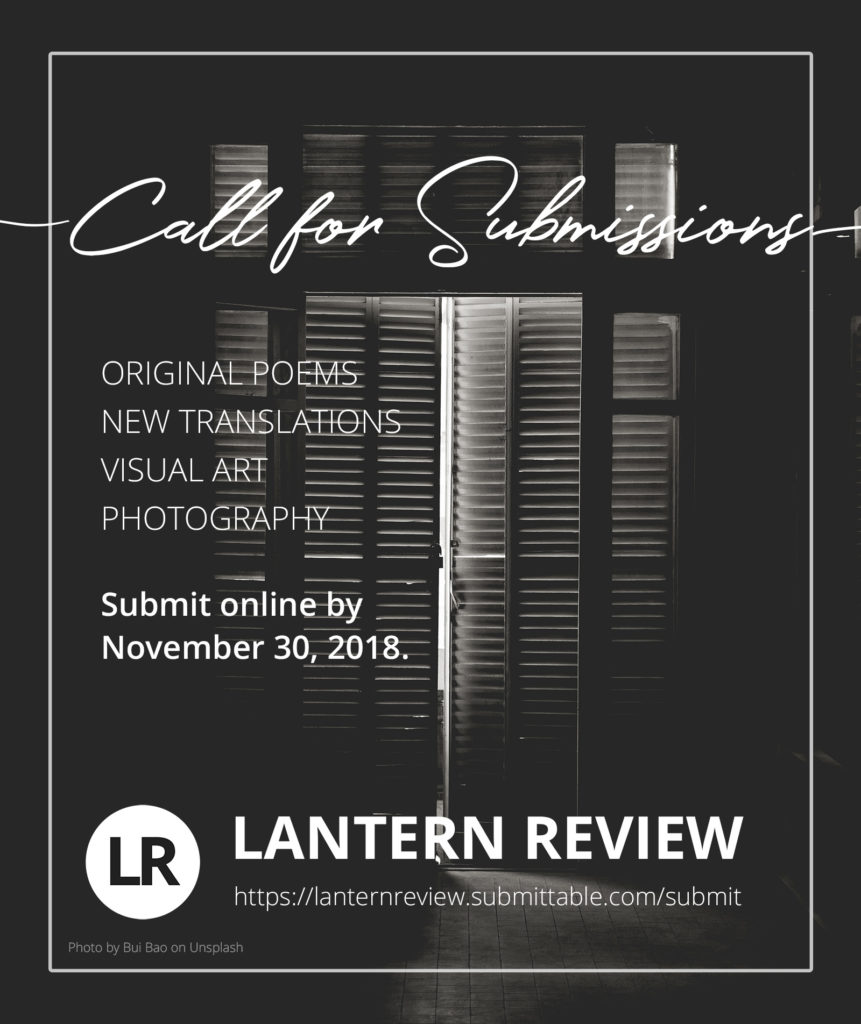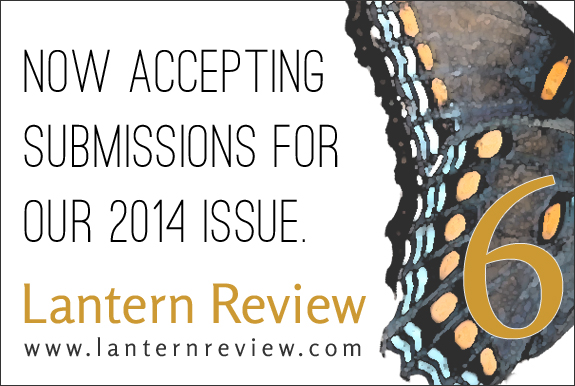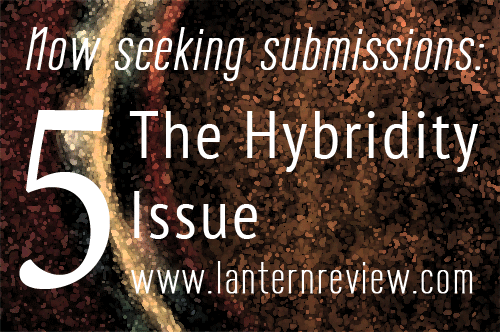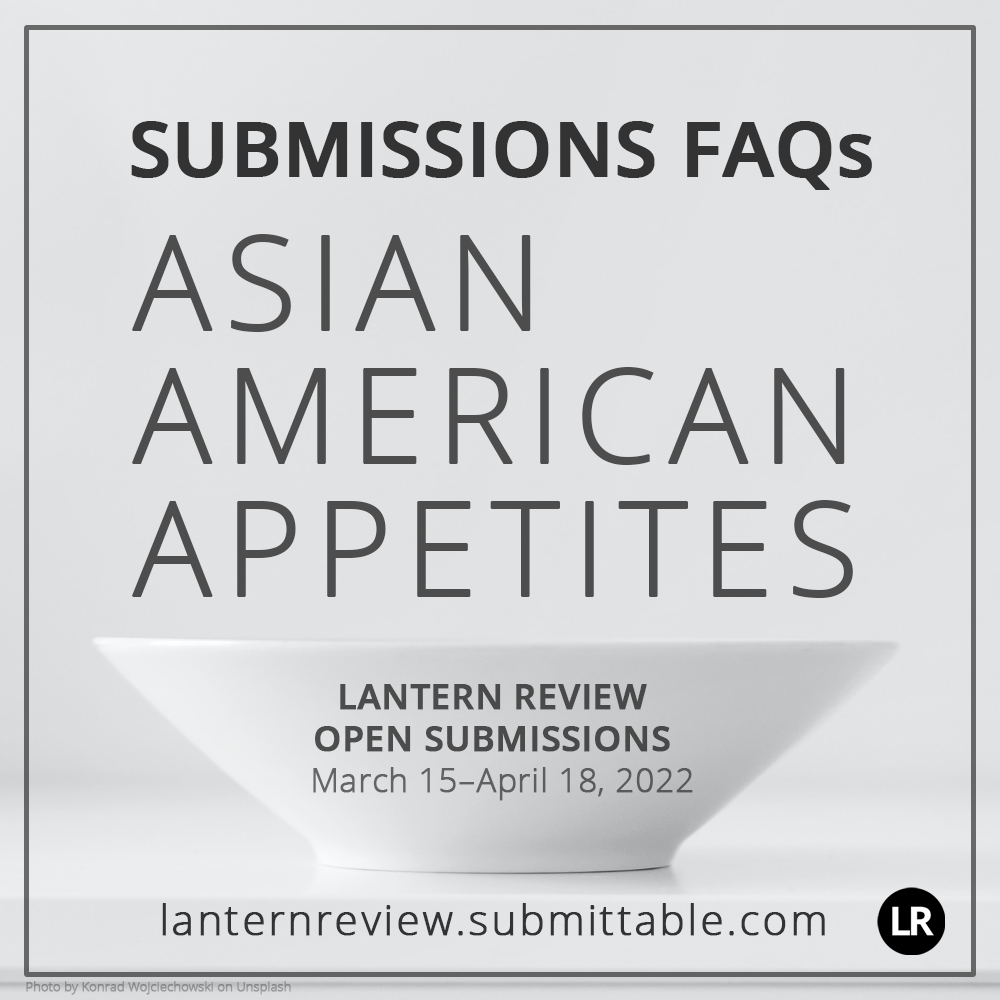
[Note: We’ve updated our FAQs for our 2022 season. Please read carefully; some things have changed since last year!]
Our final reading period (ever) is officially open as of this morning! So today on the blog, we thought we’d take some time to answer a few of the most frequently asked questions we get about submissions. First time sending us work? Before you head on over to check out our official guidelines on Submittable, we encourage you to take a quick read through the following.
1. What types of poems do you publish?
We love poems that surprise and challenge us; that are musical and filled with vivid, concrete imagery; that play with language in new and interesting ways; that take risks; that have something distinct to say. We tend to prefer unrhymed, free verse poems. Note: we no longer publish translations. To get the best idea of what we publish, we encourage you to read through a few of our past issues.
2. What kind of art are you looking for?
For visual art, we’re looking for abstract photos and digital or traditional work in mediums like watercolor, oil, acrylic, lino or woodblock, or collage. We like to choose images that we can easily juxtapose with text, either in the body of the magazine or as cover art. We’re fond of moody or earthy color palettes, striking contrast, and interestingly textured play with shadow and light. As stated above, the best way to get an idea of the type of art we publish is to look at our past issues.
3. How many times can I submit? Can I submit to both the poetry and visual art categories?
You’re welcome to submit to both categories in a given reading period! However, please submit only once per category. We aren’t able to accommodate (and will not read) additional entries submitted in the same category.
4. If I’ve been published by LR before, can I submit again?
We ask contributors to wait one calendar year/season after publication before submitting again. (This means that anyone we published in 2021—including in our youth folio issue—should not submit this year.) Otherwise, past contribs are welcome to submit again!
5. Is there going to be a youth folio submissions period this year?
No, there will not be a separate submissions period for youth this year. But if you’re a young poet or artist between the ages of 14–24, you’re still more than welcome to submit during our regular reading period. We’d love to see your work!
6. Do I have to be Asian American for you to publish my work? Does my work have to be about being Asian American?
Our mission is to highlight Asian American poetry and art. That means we prioritize work from writers and artists who identify as Asian American. We also realize that “Asian American” is a broad and complex category—but bottom line, if you self-identify as Asian American, we want to see your work. (And if you don’t, we’d ask you to respectfully refrain from submitting.)
As for the second question—your work never has to be “about” your race, culture, or ethnic identity. We love getting to highlight the enormous diversity of topics and themes that contemporary Asian American poets are writing about!
7. How many poems should I send?
Our guidelines specify a maximum of four poems totaling no more than eight pages. (Please don’t send more than that; we won’t be able to read the extra poems.) But within that limit, feel free to send as many or as few as you’d like! It is often a good strategy to send at least a couple pieces if you’re also sending your work to other journals, though—that way, if one of your poems gets snapped up by another magazine first, we still have something to choose from if we want to publish you.
8. Can I email you my work instead of using Submittable?
Unfortunately, we only accept unsolicited submissions via Submittable. If you experience a problem with our Submittable forms, feel free to ask us about it via email, but we’ll still eventually ask you to submit your work via Submittable. This is actually a good thing for submitters—it’s easier for us to keep track of submissions when they’re all in one place, so by sending your work via Submittable only, you help ensure that we won’t accidentally miss or lose your work!
9. Your guidelines say that a poem can’t be previously published. What counts as “previously published”?
To us, “previously published” means that a piece has previously appeared in a published periodical (such as a literary journal), an anthology, a chapbook, or a collection (book), whether in print or online. This includes self-published chapbooks and books. (As a literary magazine, we claim standard first North American serial rights, and rights revert to you upon publication.) We realize there are lots of ambiguous cases out there, though, so if you’re ever unsure whether a piece that you intend to submit counts as “previously published,” please don’t hesitate to send us an email (editors [at] lanternreview [dot] com) and ask!
10. What are simultaneous submissions? What if my work gets accepted somewhere else while it’s still being considered by Lantern Review?
Simultaneous submissions are pieces that are currently being considered by more than one journal or contest. LR allows submitters to send in simultaneous submissions, but should a piece be accepted elsewhere, you must immediately contact us to withdraw it. The easiest way to do this is to message us on Submittable or to add a note to your submission indicating which piece is no longer available.
11. Submittable says that you are not accepting submissions, but it’s not after April 18th yet. What’s going on?
This probably means that we’ve maxed out our submissions limit for the month. Submittable limits small publications like ours to a certain number of total submissions per calendar month. Once we’ve received that number of submissions, the form automatically shuts down for a time. Unfortunately, this is not something we have control over (we’re so sorry!)—but the good news is that the form reopens (and the counter resets) with the start of each new calendar month. Should this happen before the end of March, please don’t worry! The form will be up and running again on April 1st. During the month of April, we’ll keep things open until 11:59 PM PDT on April 18th, or until we max out our April limit—whichever is sooner. Note: This is why we recommend that you submit earlier in the reading period if possible. We tend to have fewer submissions in the first couple of weeks (i.e., the March portion of the reading period). If we receive too many submissions after April 1st and you wait until it’s closer to the 18th, you may get cut off before you have the chance to submit.
12. How soon will you get back to me?
We aim to get back to you within about eight weeks’ time after the submissions period ends. However, we’re a very small team, and occasionally, there may be delays. We ask for your patience while we go through the pile; please know that we haven’t forgotten you if you don’t hear from us right away after submitting—we’re working through as quickly as we possibly can.
13. This is LR‘s last season. If I get published this season, what will happen to my work after 2022 is over?
The LR team plans to keep our website and archives available online for as long as we’re able, even after we officially close our doors. Eventually, we hope to look into a more permanent solution for archiving the magazine and blog, but for now, contributors can rest assured that their work will remain available right here on our website for at least a couple more years yet.
14. I have a question about my submission! How do I reach you?
If you’ve already submitted your work, you can contact us by sending us a message via Submittable. If you haven’t submitted yet, please reach out to us via email at editors [at] lanternreview [dot] com. (To ensure that your message is received, please do not contact the editors or staff via their individual social media or websites. All LR-related queries should be directed to us via either Submittable or our official LR email account.)
* * *
We hope this helps to clarify our submissions process a bit! We encourage you to send in your work early and to carefully read both our general guidelines and the guidelines for your category (poetry or art) before hitting “Submit.” And as always, please don’t hesitate to reach out via email (editors [at] lanternreview [dot] com) or on Twitter, Facebook, or Instagram (@LanternReview) should you have any questions. We look forward to reading your work!
ALSO RECOMMENDED
Not Go Away Is My Name by Alberto Ríos (Copper Canyon, 2020)
Please consider supporting a small press or independent bookstore with your purchase.
As an Asian American–focused publication, Lantern Review stands for diversity within the literary world. In solidarity with other communities of color and in an effort to connect our readers with a wider range of voices, we recommend a different collection by a non-Asian-American-identified BIPOC poet in each blog post.

